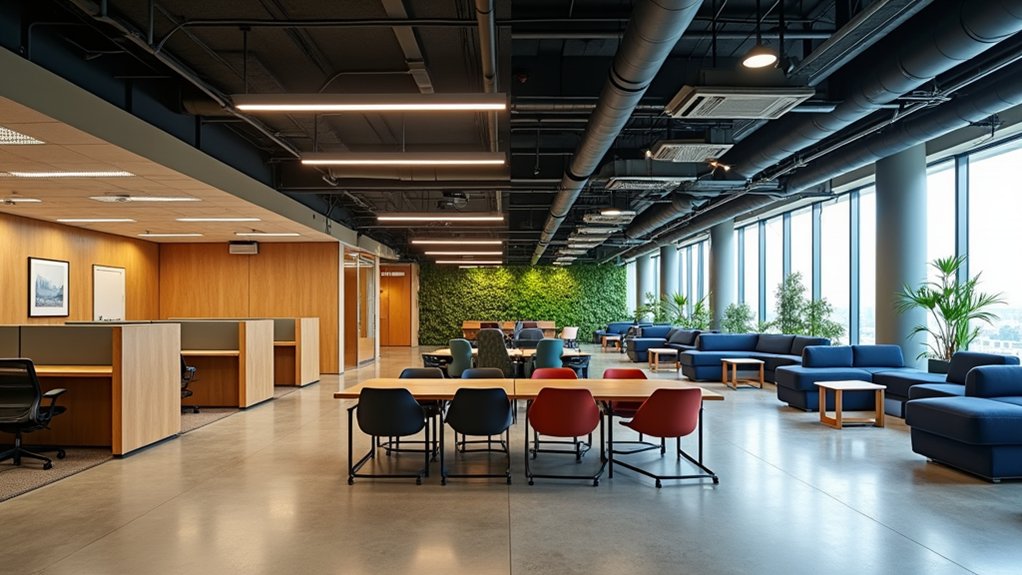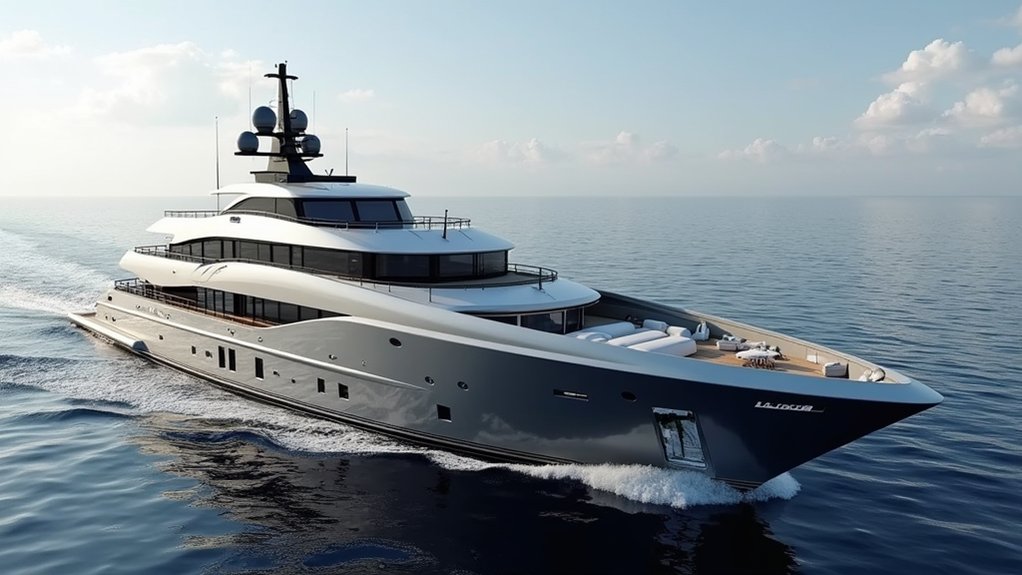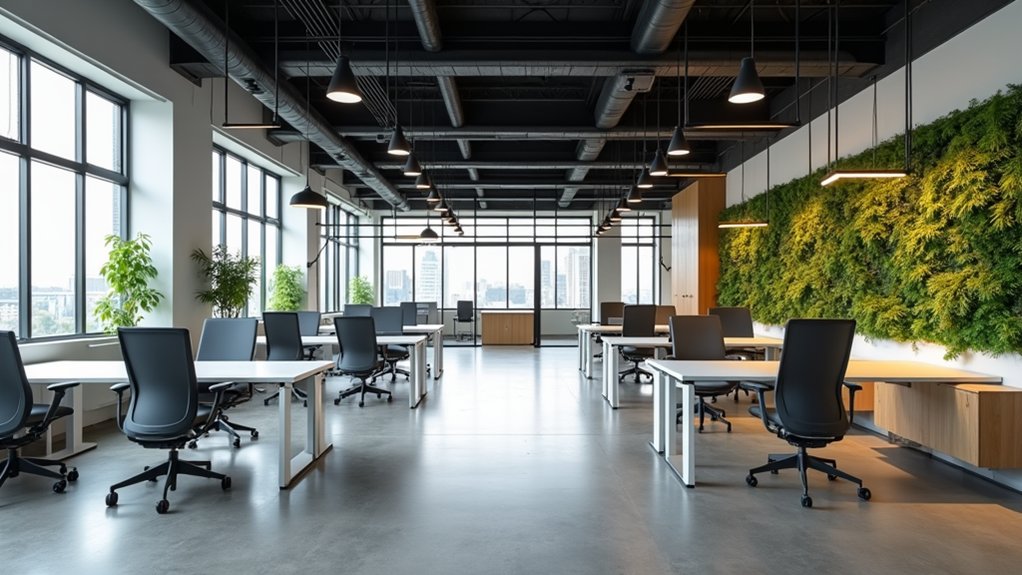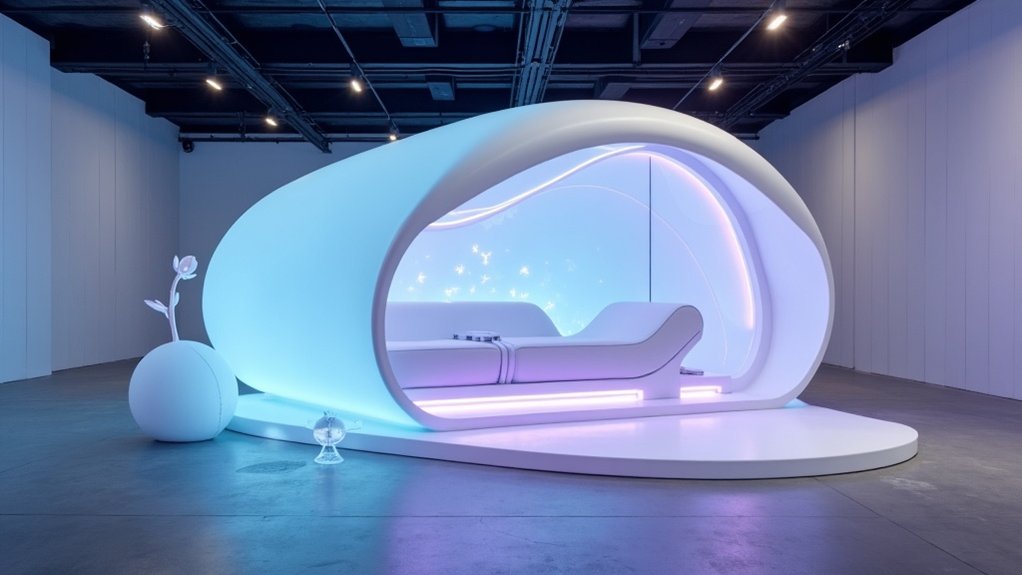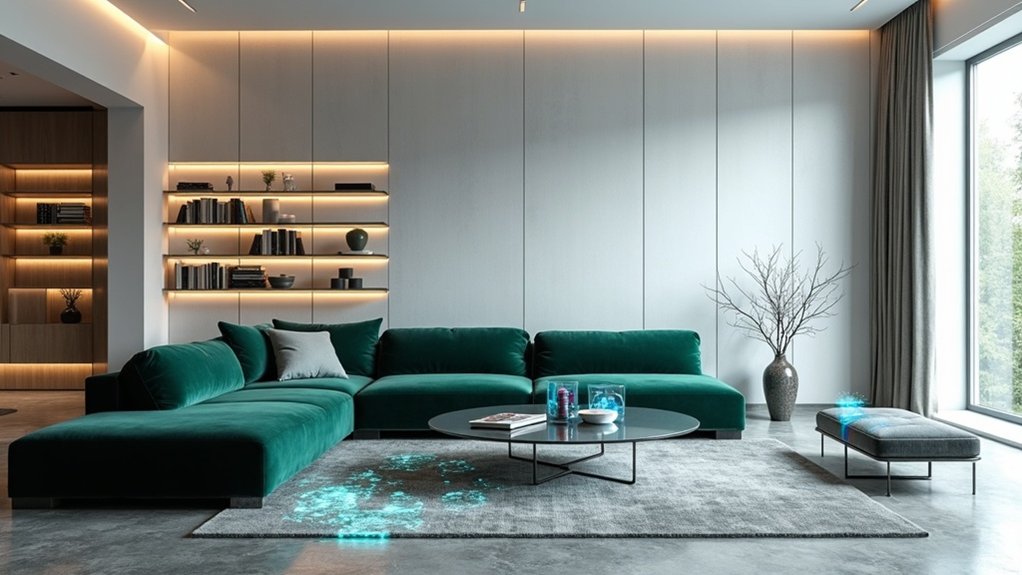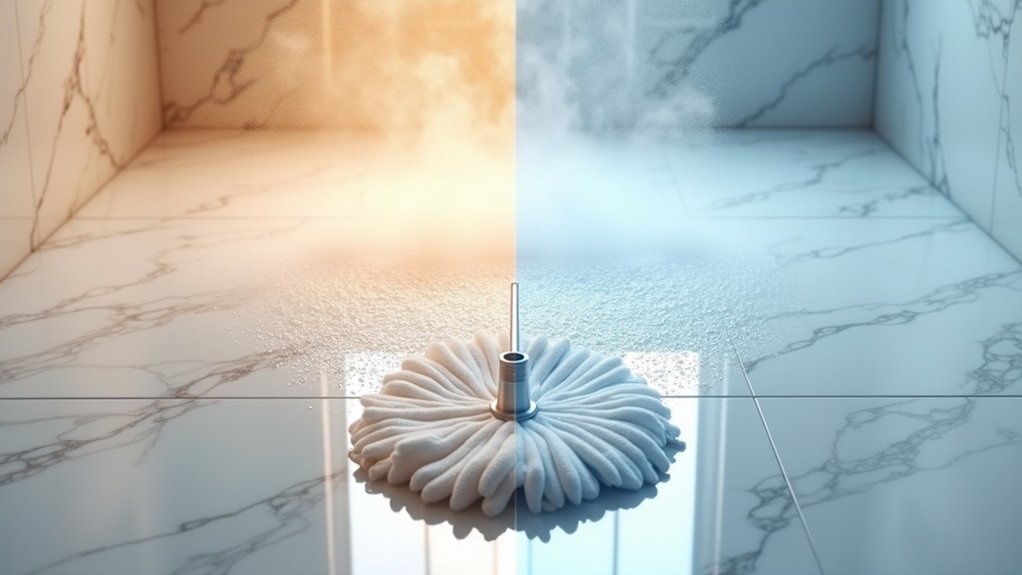A well-crafted showroom display serves as the silent salesperson, transforming casual browsers into committed buyers through strategic visual storytelling. Behind every successful retail environment lies an intricate tapestry of carefully selected materials, purposeful furniture placement, and subtle design elements that collectively orchestrate the customer journey. These hidden details work synergistically to create immersive experiences that influence purchasing decisions while reinforcing brand identity.
The foundation of exceptional showroom displays begins with material selection, where each choice carries both aesthetic and functional implications. Wood fixtures infuse spaces with warmth and premium appeal, particularly effective for luxury brands seeking to convey craftsmanship and heritage. Contemporary retailers often gravitate toward metal displays, which project durability and modern sophistication through sleek lines and industrial finishes. Meanwhile, acrylic elements provide transparency that allows products to appear as if floating, eliminating visual barriers between customers and merchandise. The choice of eco-friendly materials can further enhance the sustainable aspect of the design.
Strategic spatial organization operates as the invisible architecture guiding customer behavior throughout the showroom. Retailers meticulously plan traffic flow patterns that naturally lead visitors through product collections, ensuring exposure to high-margin items positioned at key decision points. The artful use of negative space prevents sensory overload while creating breathing room that allows individual products to command attention. Raised displays and strategic lighting work together to establish focal points, drawing eyes upward and creating visual hierarchies that communicate product importance. This careful orchestration of space and visual elements triggers emotional responses that transform browsing into buying decisions.
Modern showroom design increasingly adopts sustainability through recycled materials and modular systems that adapt to changing inventory needs. These eco-conscious choices resonate with environmentally aware consumers while offering practical benefits like reduced replacement costs and simplified reconfiguration. Technology integration adds another layer of sophistication, with interactive displays bridging physical and digital experiences to engage tech-savvy shoppers. Smart mirrors strategically placed in fitting areas suggest complementary products during the try-on process, increasing average transaction values while enhancing the customer experience.
The most successful showrooms employ multisensory strategies that extend beyond visual appeal. Textural contrasts between smooth acrylic, rough wood grain, and cool metal surfaces create tactile interest that encourages product interaction. Strategic lighting techniques highlight product features while establishing atmospheric moods aligned with brand positioning.
These carefully orchestrated elements transform ordinary retail spaces into compelling environments where every detail contributes to the overarching narrative of quality, value, and desirability.


